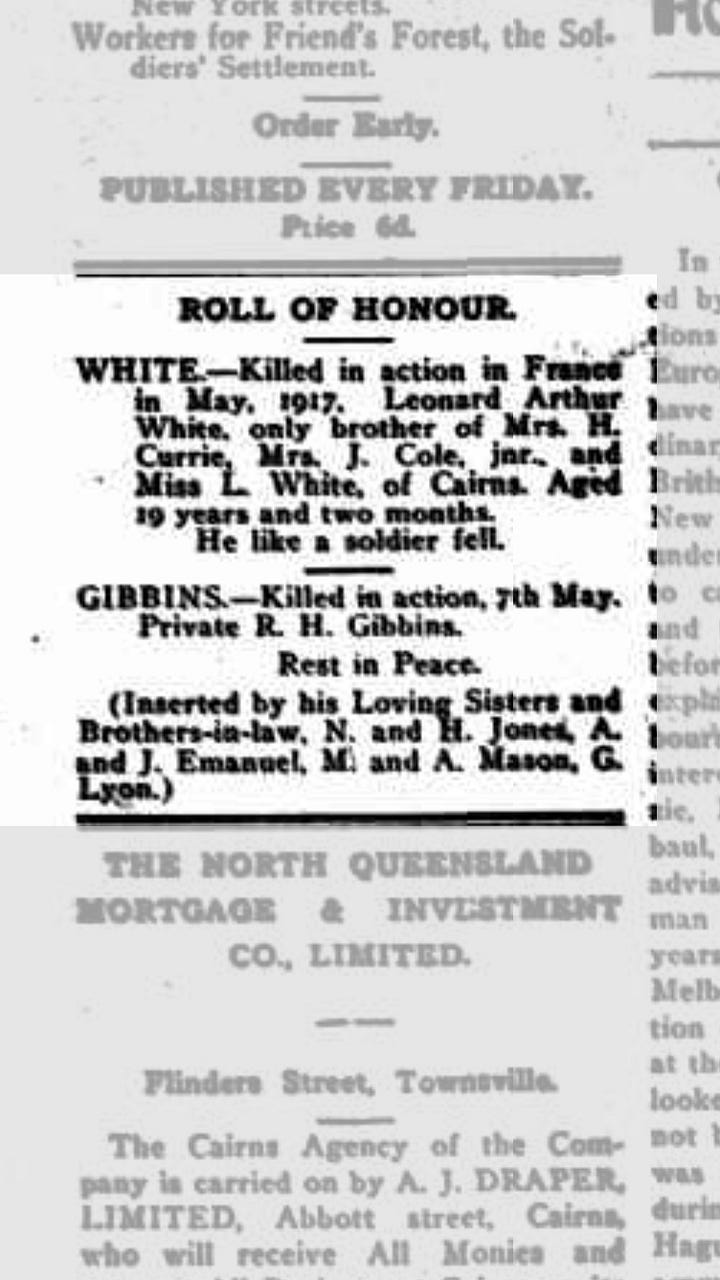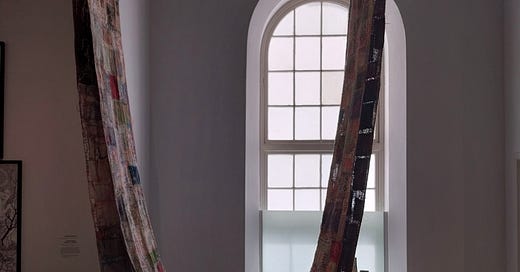When I was 11 years old, my teacher encouraged me to follow my curiousity and work on an independent project in my spare time. So I chose the history of clothing. I went to the local library and borrowed as many illustrated books as I could carry on the topic. Then I taped old foolscap pages together to make a really long scroll, and carefully began to draw century after century of gowns, cloaks, shirts, skirts, trousers, hats and shoes (I especially loved the shoes).
I was fascinated by the details - the style and textures of fabrics. And how clothing can define a person, yet they still remain very human, the same as me. Although I couldn’t articulate it at the time, I was also intrigued by the representation of time - in a linear way, but also compressed, folded back on itself, repeated and translated.
The project took a whole year to reach the present (people in jeans and t-shirts). And by the time it was finished it needed at least 10 children to hold it and wrapped around two sides of the classroom.
I’m not sure what happened to it since then - it was a huge pile of paper! But I am recalling it now as I start a new stitching project, and spend the Easter holidays following my curiousity and discovering other artists who explore themes of textiles and time…
The Menindee Memorial Loop a collaborative art project about the mass fish kills in the Murray Darling basin by Julie Paterson
The Black Gold Tapestry 67m of hand embroidery depicting the saga of human history and oil/energy transition by Sandra M Sawatzky
Frida Kahlo: In her own image an exhibition of her clothing, jewellery, photos and other intimate belongings
Threads of Life: A History of the World Through the Eye of a Needle, by Clare Hunter. I was so inspired by the intimate, tactile, feminine perspective this book gives to history.
You push your threaded needle in one side of the cloth and pull it out on the other, on and on in rhythmic sewing, until you have made something that matters: a thing of beauty and meaning, an embroidery that holds your spirit fast within its threads.
The book weaves through time and place, from the collective storytelling of the Bayeux Tapestry, and needle painting of The Three Marys in the eighteenth century… to protest banners of suffragettes, Changi POW quilts, Dutch women’s National Celebration Skirts, Agnes Richter’s jacket… and much much more.
Clare Hunter describes it all so beautifully, and if you follow up these threads with image searches, you can be blown away by the creativity and insight of all these women.


When we pass ANZAC day here in Australia, it reminds me we are in the season of Samhain - a time of honouring ancestors and those who have gone before us. Also a time of remembering our past selves and letting go what is no longer needed.
Letting go can feel like deep grief and loss. And it can also feel free and revelatory. And sometimes both. Life often stretches us between grief and gratitude, care and overwhelm, clarity and entanglement, presence and responsibility.
Sometimes the complexity of both/and is exhausting. We live inside the very webs of connections that we tend. Being alive and in relationship with the living world means following its rhythms, and this is a season of increasing darkness, slowness and turning inward. So please take as much rest as you can this season.
Much love,
Emily






Always thought provoking and inspiring. Thanks again Emily for the wonderful links. I have found some exciting new artists and slow stitchers to follow xx